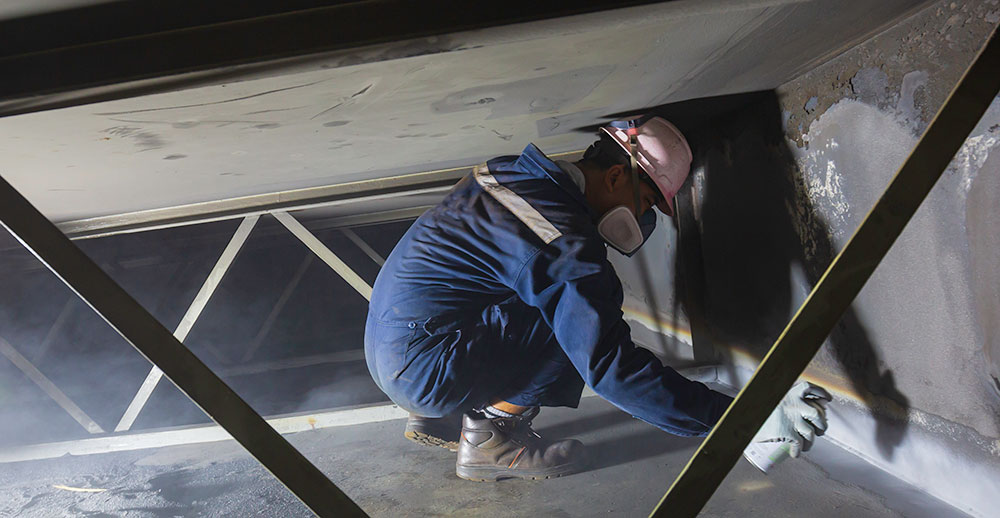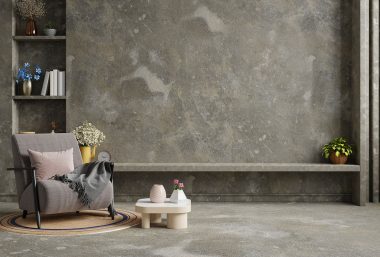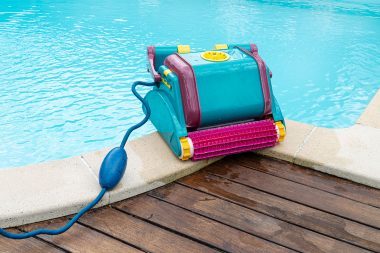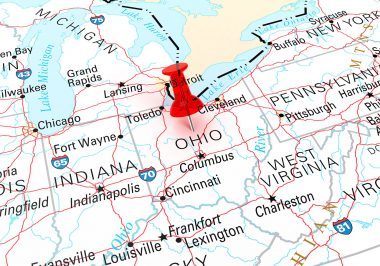Effective steps to ensure crawlspace moisture control
Created Wed, Dec 27, 2023 - 5 min read
Top blog articles
Your unsealed crawl space is almost like a mine with too much dampness. This dampness, which comes from humidity and uncontrolled moisture, can cause mold, wood rot, and pest infestation. Slowly but surely, this moisture may move up into the upper parts of your home, causing serious problems such as damage to the structure, musty odors, and higher energy bills. So, how do you ensure crawlspace moisture control? That’s what we will help you with, in this blog.
Excess moisture is the main villain
If your crawl space gets wet when it rains or has small leaks, it can lead to costly repairs and other issues. The key to keeping it dry is crawlspace moisture control.
Moisture buildup creates good breeding conditions for wood-eating creatures such as rodents and termites. They can take over the crawl space, make it dirty with waste, and damage your wooden structures. Over time, this can weaken your home’s foundation and reduce your home’s energy efficiency. And more importantly, mold, mildew, and bacteria can harm your family’s health.
What is the ideal humidity level for your crawlspace?
Maintaining a certain level of humidity in your crawl space can be beneficial, but the question is, what is the right humidity level to aim for?
According to experts, the ideal humidity level for your crawl space is around 55 percent. If the humidity goes above 65 percent, you are likely to encounter moisture-related issues. On the other hand, if it drops below 40 percent, you may start to notice some shrinkage in your house.
Now, how can you determine if the humidity levels in your home are within this ideal range? The most effective method to check the crawlspace for moisture is to invest in a thermo-hygrometer. When the humidity surpasses 65 percent, it’s a clear signal that action needs to be taken to address the moisture issue.
What are the most effective measures for crawlspace moisture control?

Here are some effective and helpful steps you can take to keep your crawlspace moisture level down.
Inspect the crawlspace for any kind of damage and make repairs ASAP
Examine your crawl space for openings such as holes and cracks that critters such as mice, cockroaches, and small pests can use to enter the house.
These pests can cause destruction by damaging insulation, chewing on wood, and even gnawing on electrical wires.
To prevent their entry, seal any holes (even tiny openings) using materials such as foam insulation, caulking, or wood.
Check for leaks in your crawl space, especially around plumbing components and HVAC ducts. Also, insulate your plumbing to prevent condensation during cold weather and address any other issues promptly.
Install a crawl space vapor barrier
If your crawl space has dirt floors, consider sealing it with a water vapor barrier.
Exposed dirt floors can let ground moisture into your crawl space, increasing humidity.
Local contractors will measure the crawl space and cut a polyurethane sheet to fit.
They will spread the barrier tightly on the floor and walls, securing it with tape.
Proper crawl space encapsulation can reduce crawl space moisture levels by up to 50% and maintain dry conditions for years.
Insulate your crawl space properly
After installing the vapor barrier, it’s time to insulate your crawl space. Good insulation helps maintain a comfortable indoor temperature and improves energy efficiency.
Invest in a good dehumidifier
To combat moisture during hot and humid months, get a crawl space dehumidifier. It collects excess moisture, condenses it, and expels it as water – keeping the crawl space dry.
Cover all the vents
Ensure that vents in your crawl space are covered with airtight seals. Keep in mind that open vents can allow outside air, water, and pests to enter, leading to problems such as flooding, water damage, and structural damage.
Position your rain gutters and downspouts away from the house
Make sure all gutters and downspouts direct water away from your home to prevent water from flowing back toward the foundation. It’s always a good idea to clean your gutters of leaves and debris to maintain their effectiveness.
Install a sump pump
You may consider installing a sump pump at the lowest point in your crawl space as a precaution against flooding. The machine removes excess amounts of water in case of heavy rain or burst pipes, preventing damage.
Keep your home maintenance a priority
Promptly address any signs of excess moisture or mold to prevent their growth. Remember that regular upkeep helps keep the crawl space clean and free from moisture-related problems. And, the most important takeaway is that you need to regularly inspect and maintain your home to identify and address issues early.
Home maintenance can be easily managed through Kukun My Maintenance. All you have to do is add your regular home tasks to a personalized calendar. Thereafter, you will get timely reminders to complete them before they become overdue. Plus, you can keep your preferred service providers just a phone call away.
Crawlspace moisture control FAQs
Why is it important to maintain the right humidity levels in your crawl space?
High levels of moisture in the air create a favorable breeding ground for mold and mildew, which release airborne particles that can trigger allergies. For individuals with asthma, excess moisture can worsen lung irritation. Moreover, a damp crawl space can compromise the overall air quality in your home, potentially causing headaches, fatigue, and long-term health issues.
What are the signs of a humid crawlspace?
Upon entering the crawl space, you need to watch out for warning signs such as musty odors, visible mold growth or mildew, damp insulation, consistently high indoor humidity, pest infestations, and sagging or uneven floors. All of these may indicate moisture issues in your crawl space.
Can I DIY crawlspace moisture control, or should I hire a professional?
While some aspects of moisture control can be DIY projects, it’s often best to consult a professional, especially for correct encapsulation and complex moisture issues.









